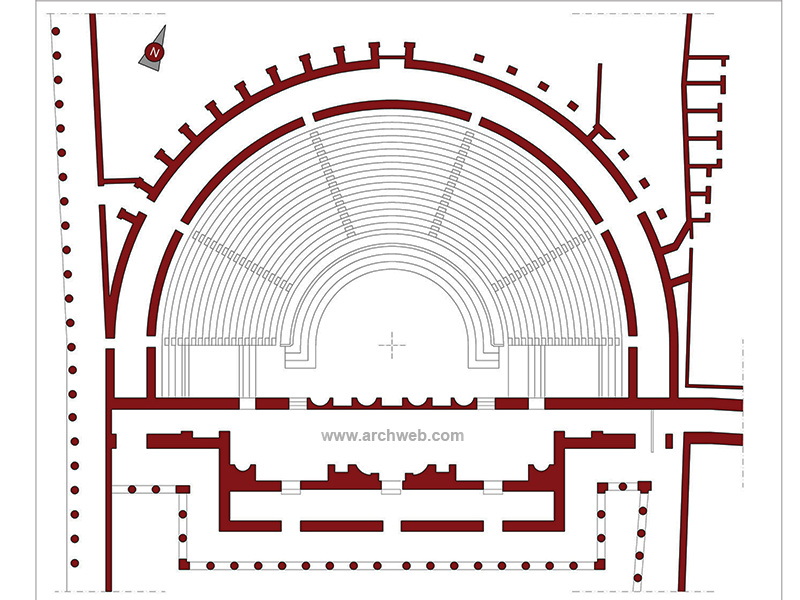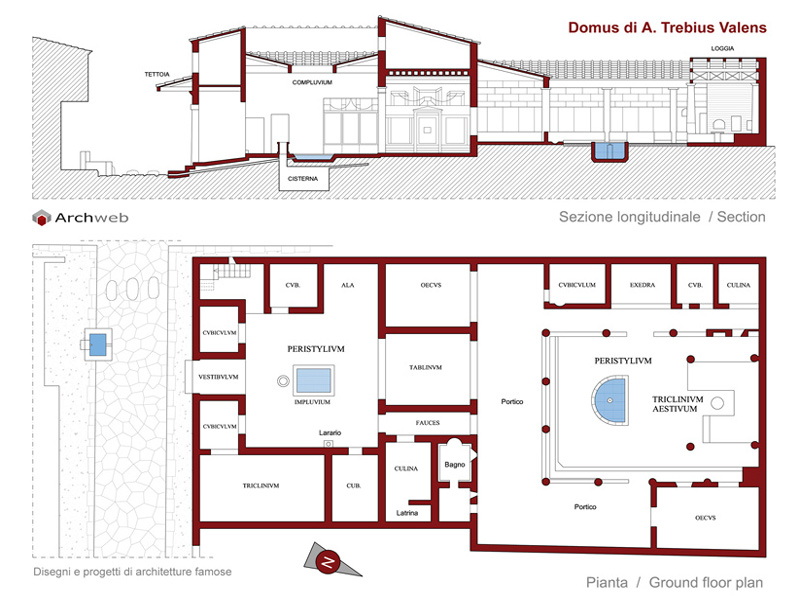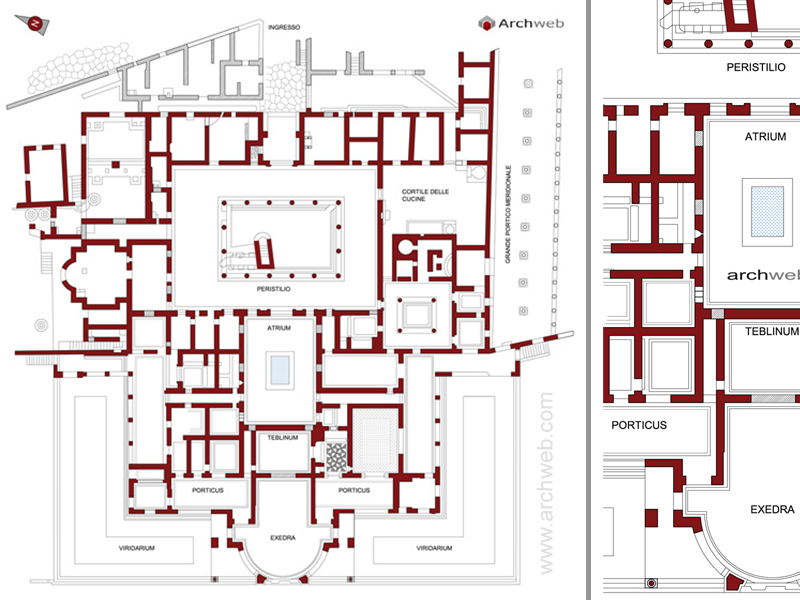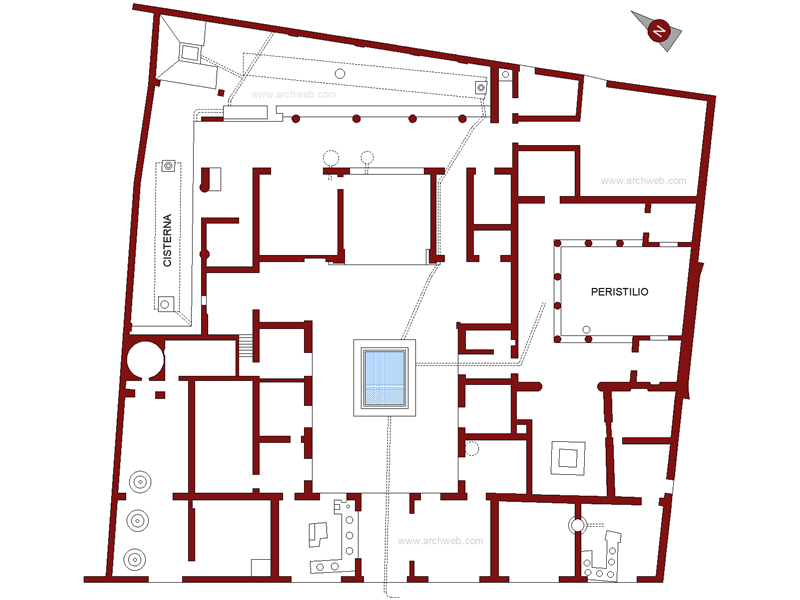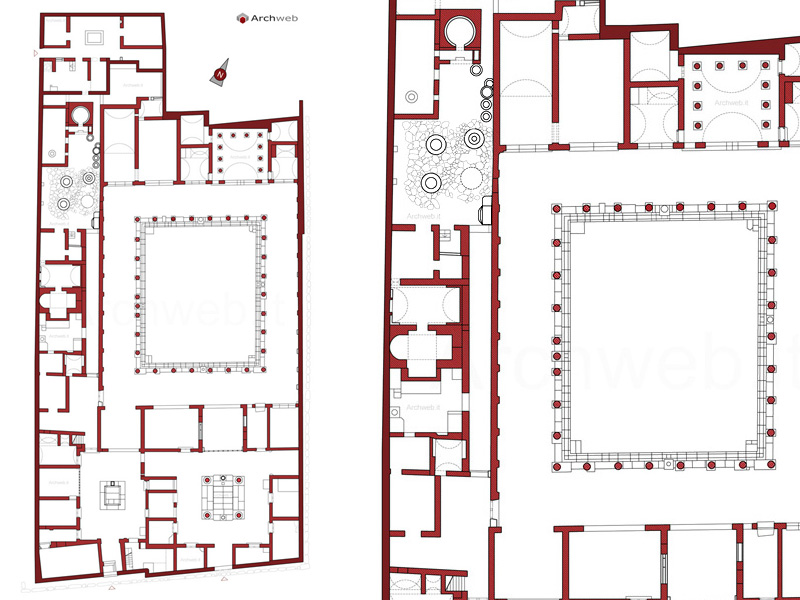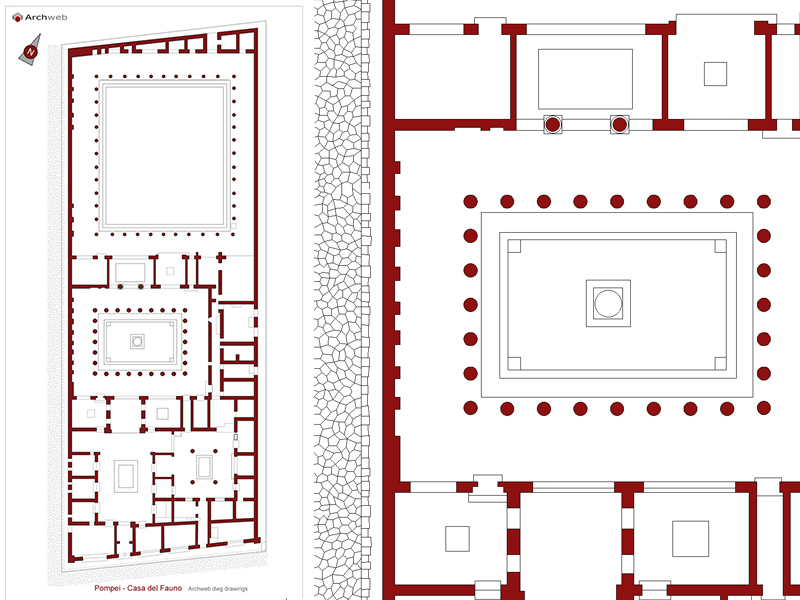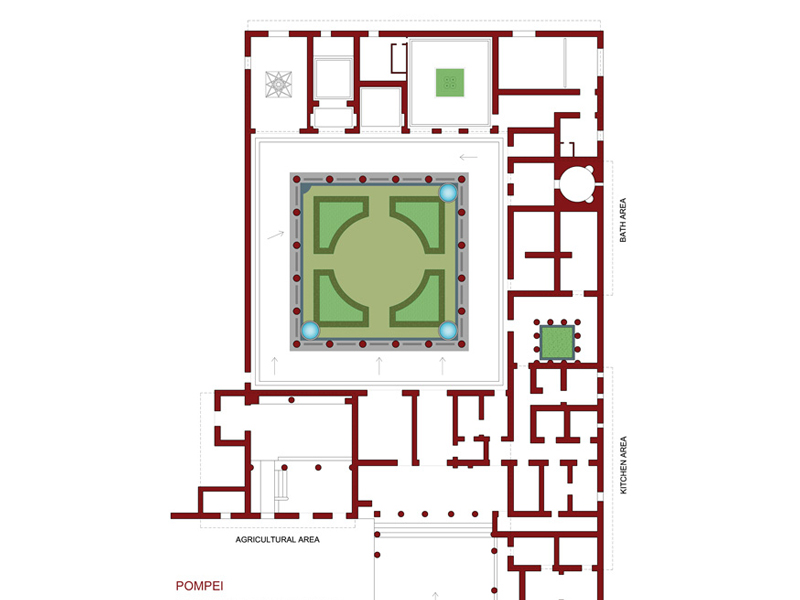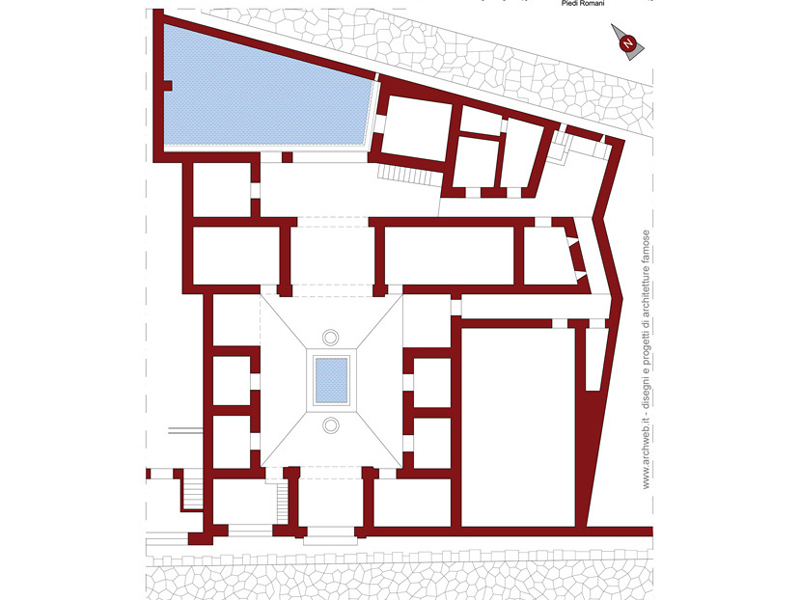- Construction technologies
- Contemporary Architectures
- Degree thesis in Architecture
- Expo Milano 2015 - All Pavilions
- Historic parks and gardens
- Historical Architectures
- Japanese Gardens
- Sport and free time
- Textures
- Various galleries
POMPEI (Villas - Theatres - Temples)
Private houses - Public buildings
Pompeii was an ancient Roman city located in the Italian region of Campania, near the modern city of Naples. Founded in the 6th century BC by the Oscans, an ancient Italic people, Pompeii became an important city during the Roman period.
Once inhabited by more than ten thousand people with its temples, buildings, villas and theatres, Pompeii boasts UNESCO World Heritage status, as of 1997.
The city prospered thanks to its strategic location along trade routes and the fertility of the surrounding territory. Pompeii’s wealth was evident in its well-paved streets, shops, temples, theatres and luxurious residences.
Pompeii’s prosperous life was abruptly interrupted in AD 79 when Vesuvius, the volcano rising above the city, erupted violently. Volcanic ash and lapilli buried the city, killing most of its inhabitants and preserving the city and its inhabitants for centuries to come.
The chance discovery of Pompeii in 1748 allowed archaeologists to study Roman daily life and architecture in detail. The paved streets, public buildings, private houses and everyday objects that have been preserved under the volcanic ash provide an important window into the Roman world. Today, Pompeii is one of the most famous tourist destinations in the world, attracting millions of visitors each year eager to immerse themselves in ancient history.
Works and projects
Sort by
How the download works?
To download files from Archweb.com there are 4 types of downloads, identified by 4 different colors. Discover the subscriptions
Free
for all
Free
for Archweb users
Subscription
for Premium users
Single purchase
pay 1 and download 1































































